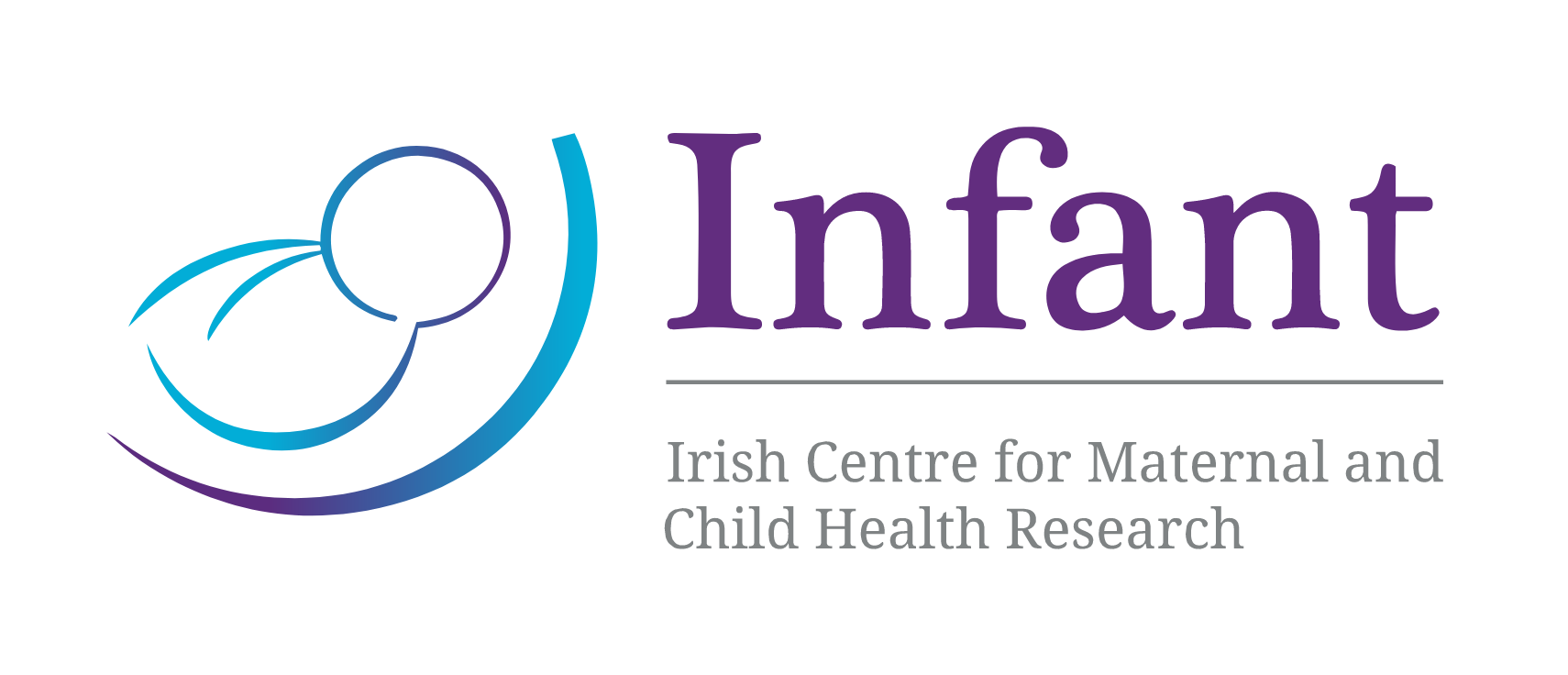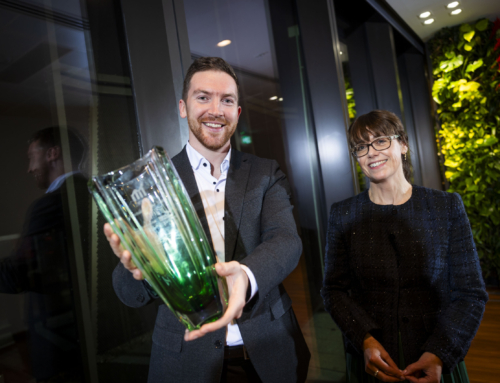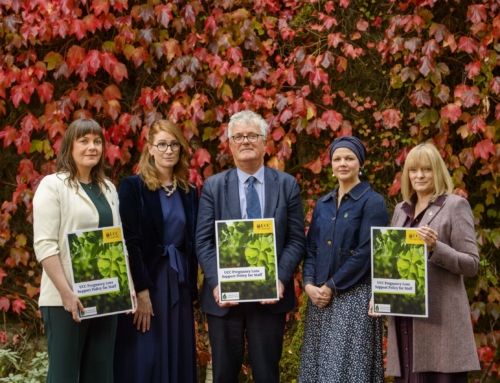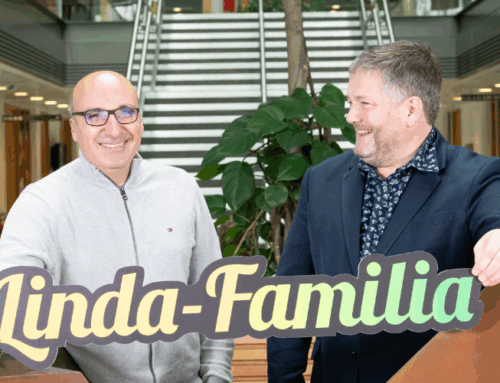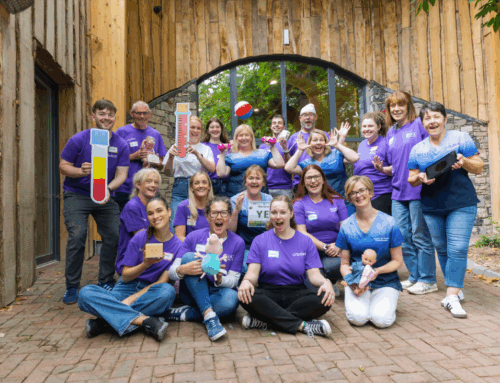- Researchers at UCC’s Department of Anatomy and Neuroscience and INFANT Research Centre have identified early biological signs of autism in the umbilical cord blood of newborns.
- This study addresses the opportunity for blood-based biomarkers that can identify children with Autism much earlier in life opening possibilities for earlier detection and support for children and families.
- Disclaimer: This was a discovery study involving a relatively small group of children followed from birth to ages 7–10 and is not an immediate diagnostic test.
A University College Cork (UCC) study has identified early biological signs of autism in the umbilical cord blood of newborns, opening up new possibilities for earlier detection and support for children and families.
The research, published in Molecular Psychiatry, showed that children who were diagnosed with autism by the age of five had clear differences in their blood at birth, compared to neurotypical children.
Key Findings
Researchers at UCC’s INFANT Research Centre and Department of Anatomy and Neuroscience, UCC analysed cord blood samples from the Irish BASELINE Birth Cohort and discovered:
- Biological differences at birth: Newborns who were later diagnosed with autism had lower levels of certain hormones, proteins and immune-related molecules in their cord blood.
- By using artificial intelligence (AI) and machine learning, the researchers built a model that could help predict which babies might later be diagnosed with autism.
- A number of proteins found altered at birth were persistently changed in blood in children with autism at ages 7-10.
Addressing an Opportunity for Early Detection of Autism
Autism can be typically diagnosed between the ages of three and four years, often later, after behavioural signs emerge. This delay means children often miss a critical window for early intervention, which is shown to improve outcomes. This study addresses the opportunity for blood-based biomarkers that can identify children with autism much earlier in life.
“A major aim of our research in Autism research has been to find a molecular signature that is present before behavioural signs of autism emerge,” explained senior author Dr. Jane English, Department of Anatomy and Neuroscience and the INFANT Research Centre at UCC.
“Our findings confirm that the complex biological underpinnings of autism are evident in infant blood at birth. While this is not yet a clinical test, it moves us closer to a future where infants with these early molecular signatures could receive enhanced developmental surveillance, allowing supportive interventions to begin much earlier.”
About the Study
This international collaborative study followed children from birth to mid-childhood, making it one of the most comprehensive of its kind. The cohort involved mother-infant pairs from the INFANT BASELINE Birth Cohort study and involved collaborative partners from University College Dublin, Aarhus University (Denmark), and the University of Toronto (Canada). State-of-the-art proteomics and metabolomics were used to analyse thousands of small molecules in neonatal cord blood.
A nested case-control study compared cord blood from 22 children with Autism and 44 neurotypical controls. A follow-up study (PIRAMID) also analysed blood samples from 24 children with Autism and 48 controls at age 7-10 years old.
“The longitudinal nature of this study, following children from birth to mid-childhood, is its key strength,” said Ms Aisling Noone, first author of the study, Department of Anatomy and Neuroscience and the INFANT Research Centre at UCC.
“Observing certain protein disruptions persisting into childhood suggests we are looking at a core systemic aspect of autism biology that begins before birth.” said Ms Noone.
Potential Impact
- Earlier support: Infants showing early biological signs could receive enhanced developmental surveillance.
- Improved understanding: Research into the biology of autism may help improve understanding of neurodevelopmental variation.
- New research directions: Pathways such as could inform future approaches to supporting autistic people.
Researchers stress this is an important discovery study, not an immediate diagnostic test. Larger studies in international cohorts are ongoing.
The research was communicated in line with AIMS-2-TRIALS guidelines to ensure respectful and acceptable language for the autism community.
Affiliations and Support
This research was led by Researchers at the INFANT Research Centre and UCC’s Department of Anatomy and Neuroscience and supported from the Irish Health Research Board (HRB) through an award to Dr Jane English.
The findings from this study have been published in Molecular Psychiatry, “Longitudinal multi-omics analysis of umbilical cord blood and childhood serum in Autism” https://doi.org/10.1038/s41380-025-03157-z
